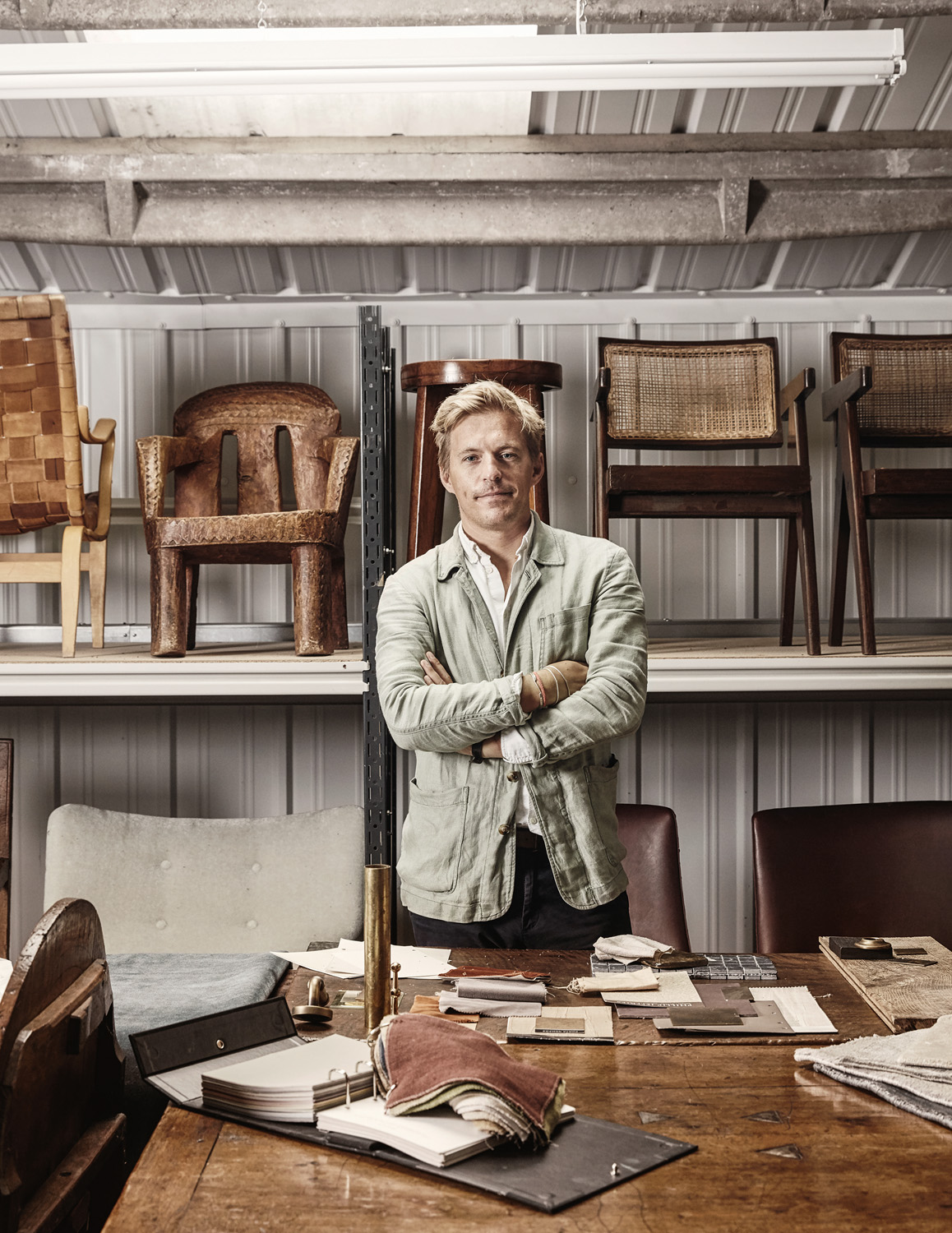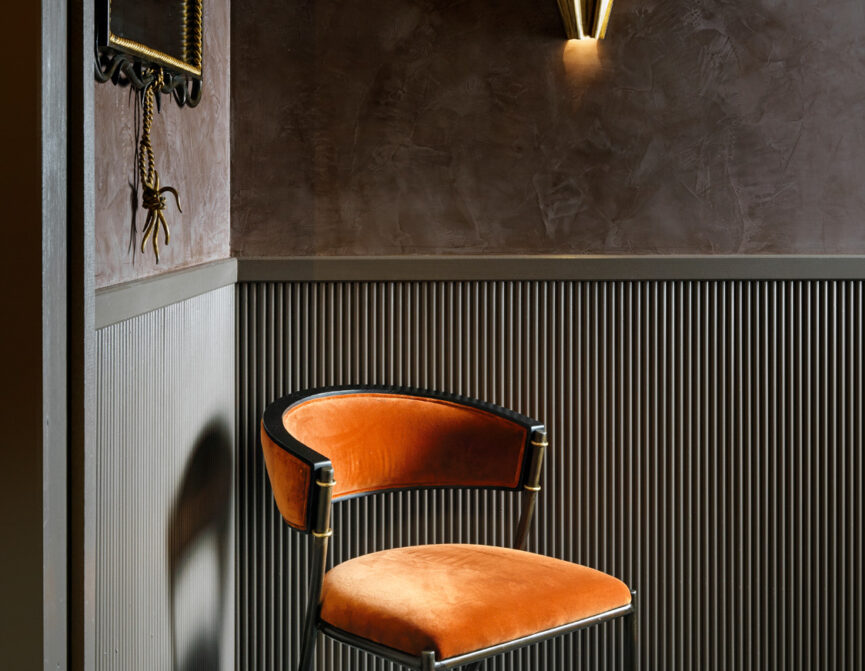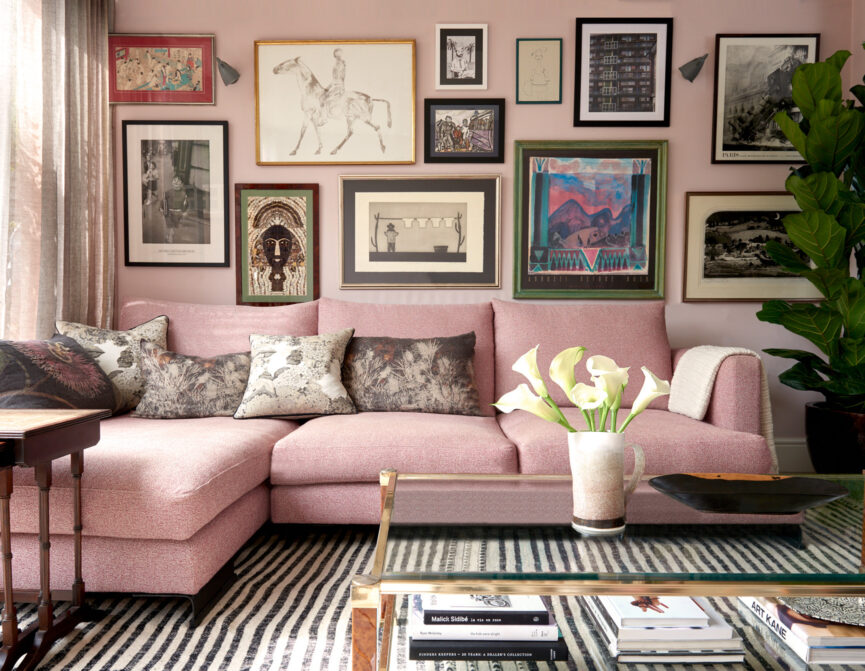Founder James Thurstan Waterworth explains how to use antiques from his collection to introduce a sense of history to your interiors.
For James Thurstan Waterworth, founder of eponymous interior design and decorative antiques firm Thurstan, a real home is made up of layers of history. “The best homes are those which have been lived in for 20 or 30 years and there are these organic layers to them. It’s finding that balance of luxury as well as comfort.”
Part-intuition, part-sleuthing, Thurstan’s modus operandi is to extract a client brief almost through deduction. “Part of an interior designer’s skill set is to work out who your client is and how they use their space as quickly as possible. For example, do they like reading in bed? Are they someone who likes a bath? Are they someone who likes coming into their house and putting the keys in a special tray somewhere other than the hallway? There are thousands of elements but I think you can tell just by how they come into a room, how they dress and how they interact with you. So, within two minutes 75% of those questions are answered, really.”
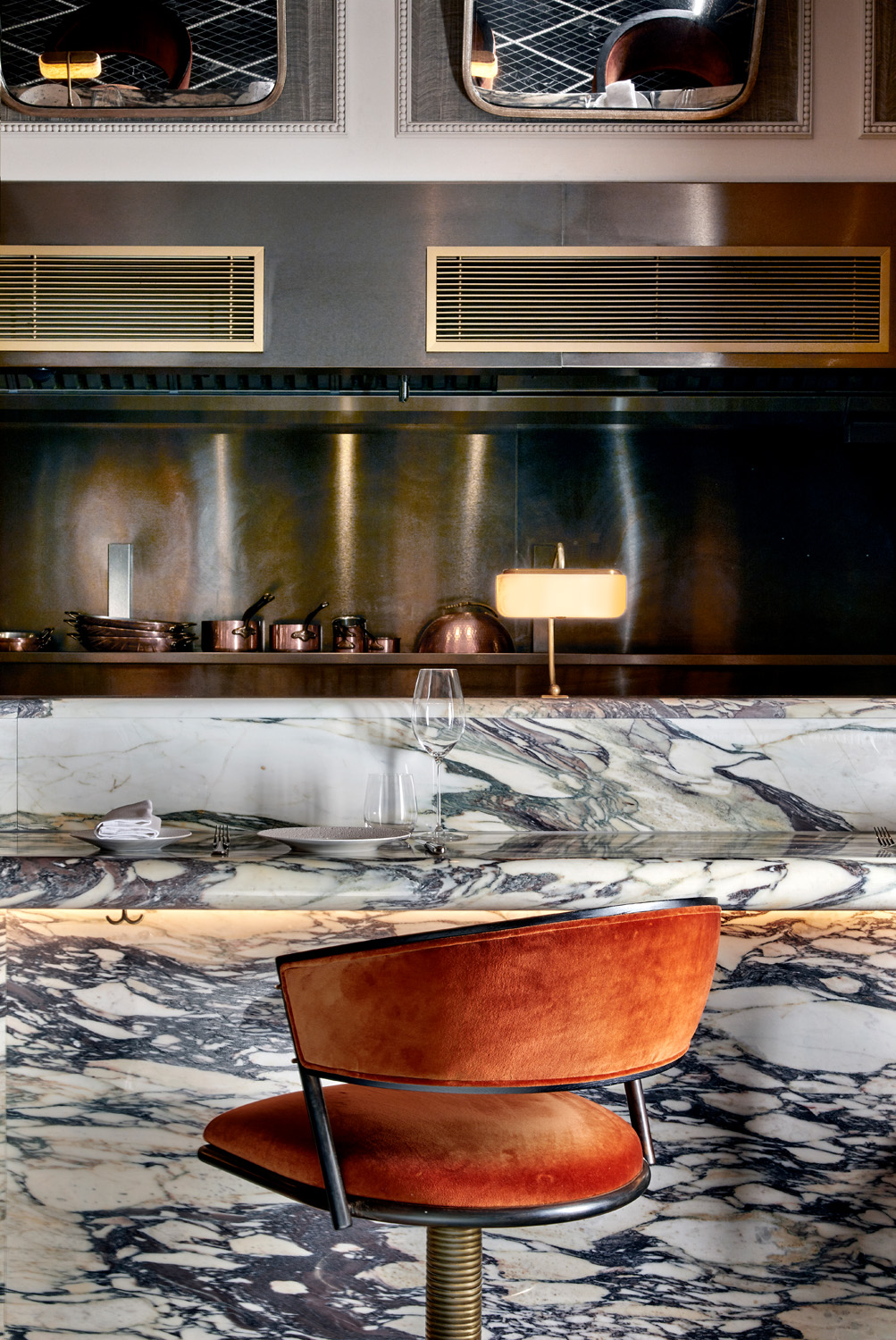
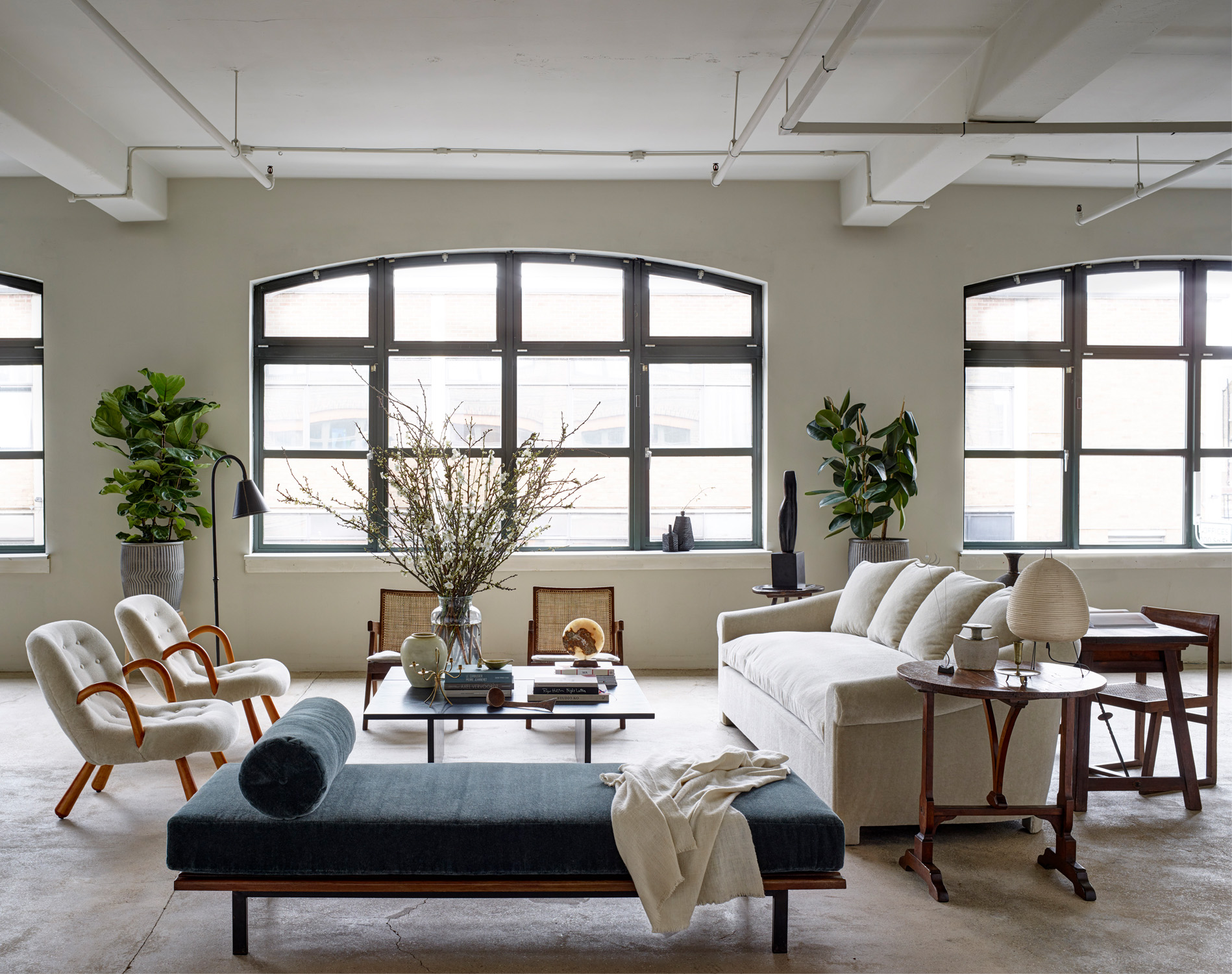
Having previously worked for Martin Brudnizki and as European Design Director for Soho House, James’ work has taken him all over the world, and his own private and commercial portfolio of projects includes a hotel in Beijing, a new-build in Antiparos and a 17th century house in Puglia. Yet his overarching approach remains the same: “We want a sense of familiarity, just these small nuances for people to feel comfortable. You have to have some form of familiarity, even if it’s a completely new space.”
James peppers his schemes with antique treasures sourced around the world, items similar to those he sells in his curated online store. His eclectic offering sees primitive pieces and 17th-century items comfortably posed alongside mid-century classics – much like his schemes, where they seem at home in old and new buildings alike. “My stepmother was an antiques dealer, so I’ve always grown up around these beautiful old pieces and we use a lot of 17th-century Spanish and English furniture to mid-century. The patina and the story of those pieces enhance and add depth to it – 350 years of wear and ageing gives something to a building that is impossible to fake. If you fill a new build with new furniture, it’s going to be much harder to find and create a story.”
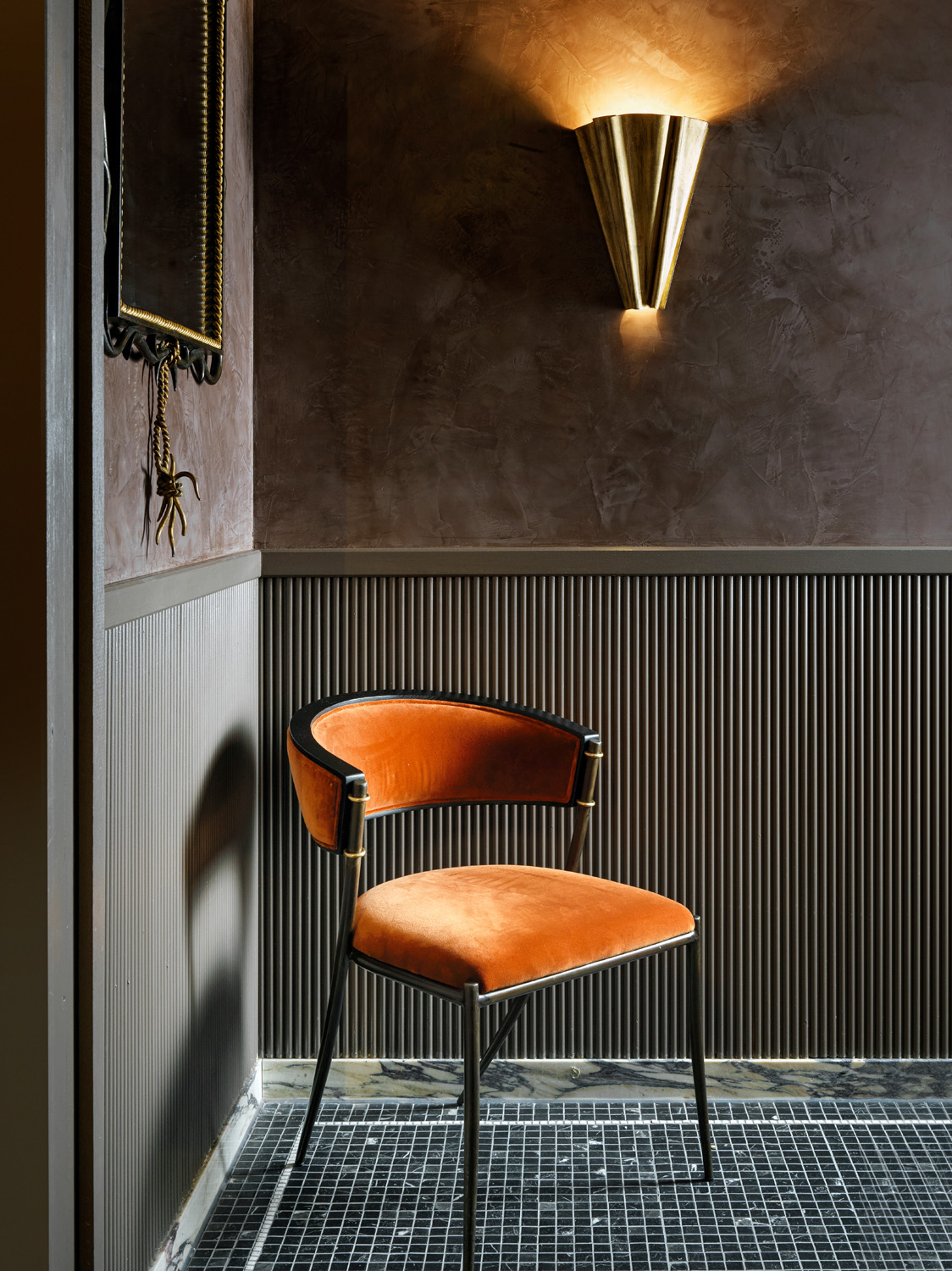
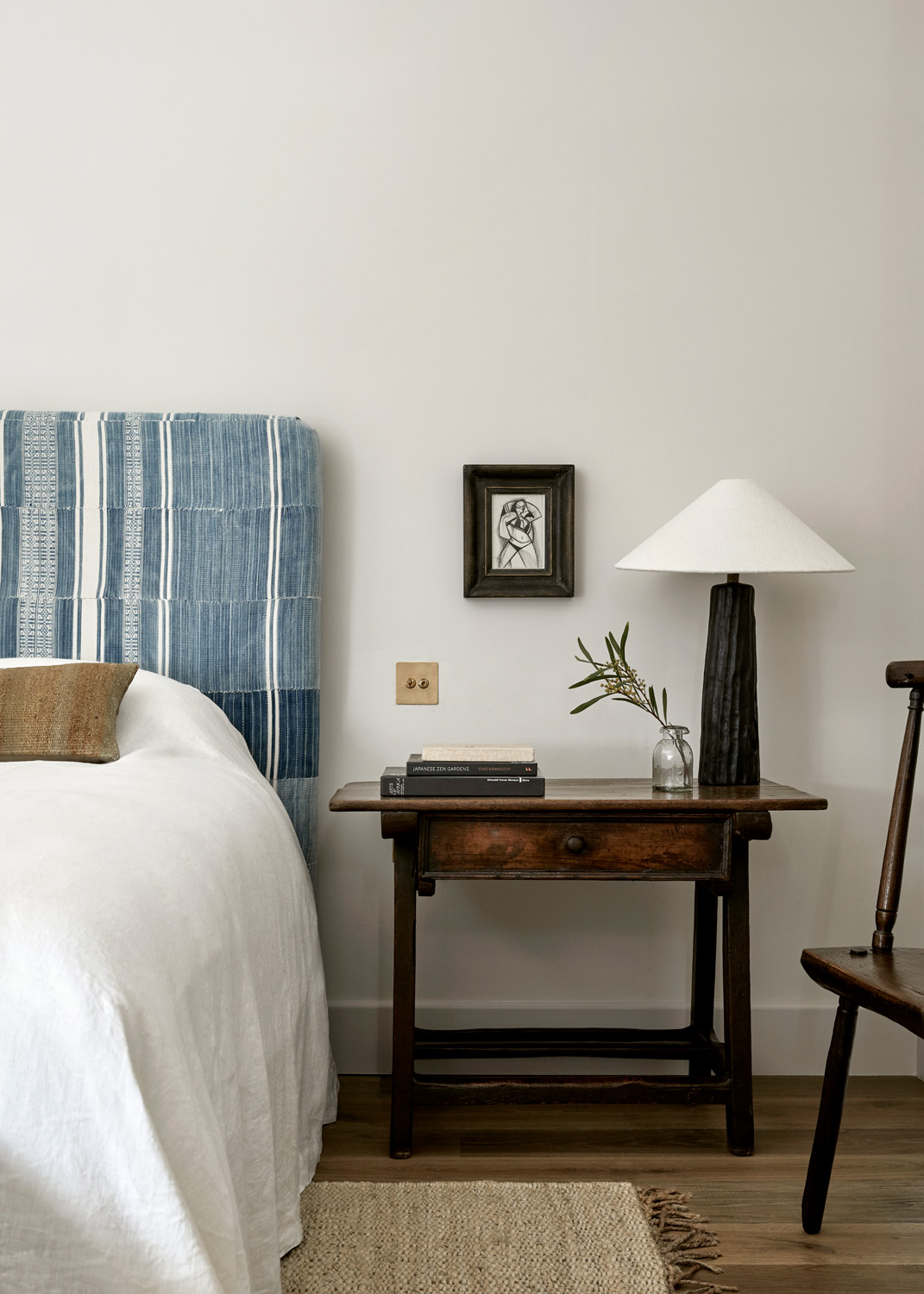

We want a sense of familiarity, just these small nuances for people to feel comfortable.
- James Thurstan Waterworth
Thurstan is careful to impart these stories to his clients. “We explain the story behind the piece and where it’s from – I want clients to fall in love with pieces. They may not have the same enthusiasm for furniture across the board, but there’ll be something which inevitably moves them, whether it’s a fabric or an art piece or a light.”
This side of his business, sourcing items for clients, has paved the way for the soft launch of his own furniture line, soon to be showcased in a newly built, by-appointment showroom on the Wiltshire-Somerset borders. “I’ve always done bespoke pieces of furniture for clients, and we found ourselves using the same sofa or armchair because a client specifically liked that, so I thought perhaps we should quite subtly start building our own bespoke range.” History is woven into the fabric of even his new bespoke items. “I’ve used the same upholsterers for ten years now and they’re people we know and trust. That’s a key part of it – the consistency. And from the outside, two sofas could look very similar, but you strip them apart and internally they’ll be very different. So we still use traditional elements – hand sprung etc – essentially how they would have made a sofa back in the day but done in a modern, comfortable and practical way.”


